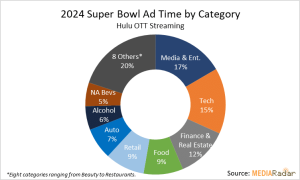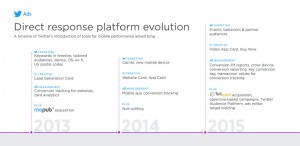— January 26, 2018
This past December Google lengthened the character limits for the META title and description elements they will display for a webpage. These new changes mean Google will now display up to 70 characters (including spaces) for the title and up to 320 characters for the description META of a webpage.
As you might imagine – this is fantastic news for businesses, but my advice is to hold off on making any changes to lengthen your META.
In non-techie terms – the META Title is the blue link in a search result with the descriptive text below being the META Description. Illustrated below…
The META Title packs a strong SEO punch and could help with discovery and ranking for a webpage while the META Description is inert in these capacities, but it is the element that could make people click on your business if worded carefully. The META Description is referred to as a conversion element for this reason (it converts viewers into prospects/sales). Stated another way, META Descriptions are not ranking elements, but META Titles could be.
Getting back to the META character length changes…
Extending the META elements to match Google’s new standards could result in displaying a longer or more descriptive narrative for your pages on Google. But since other search engines have not adopted these extended character elements – you could be limiting your exposure on other prominent search sites like Bing; which in my experience is likely to drive about 20% of website traffic.
Are you willing to show a less-than-ideal search experience for 20% of your prospects? I would think not…
Admittedly, these character length changes are new, so the true usability has yet to be determined. But for the near future here’s what I suggest you do.
Do not lengthen your META Titles or Descriptions.
Instead, create a block of targeted narrative specific to the page content/offering as the opening text for your most important pages. Make sure the character count for this is between 280-310 characters (including spaces). This text block is now formatted to act as an optional META Description should Google’s algorithm select it.
Your benefit for making this change could be a visually longer description for some Google Search results which will be a differentiator from your competition, and possibly with enough rich content to help move your conversion needle (get more leads).
As a bonus – while technical META Title & Description elements do not permit bold, italicized text, or headers-tags (H1-6); Google will strip these tags from this block of text and render it as plain. This will allow you to add this text element in a way that is synergistic to your current website/blog – it will not stick out as an afterthought or created specifically for search engines (?don’t do that – it doesn’t work). So go ahead and add H1 tags, bold, and capitalization to this intro block as you would for any other element of your website.
Digital & Social Articles on Business 2 Community
(44)






